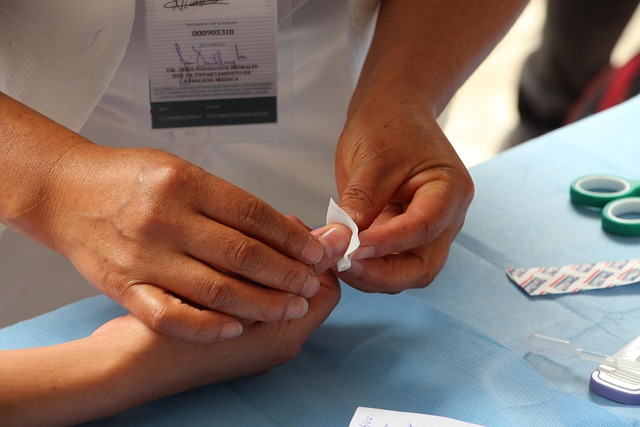Role of wound care and dressing choices in healing infected skin
Effective wound care and the right dressing choices are vital for managing infected skin. This brief overview highlights how local cleaning, appropriate dressings, and collaboration with outpatient clinicians support antibiotics, reduce redness and swelling, control pain and fever risk, and facilitate recovery and prevention of recurrence.

Early attention to woundcare and dressing selection can change the course of an infected skin lesion. Local measures reduce bacterial burden, protect fragile tissue, and create an environment where antibiotics and the immune system can work efficiently. Properly chosen dressings control exudate, limit maceration of surrounding skin, and provide a barrier against new contamination, all of which reduce pain, swelling, and the visual signs of infection while supporting progressive tissue repair and eventual closure.
This article is for informational purposes only and should not be considered medical advice. Please consult a qualified healthcare professional for personalized guidance and treatment.
How does infection and bacteria affect healing?
When bacteria colonize a wound and overcome local defenses, they perpetuate inflammation and delay normal repair. Persistent bacterial presence increases redness, warmth, and drainage and can cause deeper tissue involvement. Effective woundcare reduces surface bioburden and removes devitalized tissue that serves as a growth niche. Careful observation for spreading erythema or new systemic signs helps distinguish superficial contamination from true infection that requires systemic therapy, and timely recognition limits complications that prolong recovery.
What role do antibiotics and diagnosis play?
Accurate diagnosis guides whether antibiotics are needed and which agents to use. Superficial colonization may be managed with topical measures alone, while cellulitis or spreading infection usually requires systemic antibiotics tailored to likely bacteria and patient factors. Cultures or swabs can help in non-healing or unusual cases, although empiric outpatient antibiotics often start based on clinical assessment. Close monitoring for clinical response—reduced pain, diminished redness, and less swelling—indicates whether the chosen therapy and woundcare approach are effective.
How do dressing choices affect skin, swelling, and redness?
Dressings influence moisture balance, protection from contamination, and the wound’s microenvironment. Absorptive dressings are useful for moderate exudate to prevent maceration and surrounding edema, while moisture-retentive dressings support epithelial migration in cleaner, low-exudate wounds. Antimicrobial dressings containing agents like silver or iodine may reduce bacterial counts in heavily contaminated wounds, though their use should be balanced against tissue tolerance. The right dressing reduces visible redness and swelling by minimizing secondary damage and supporting a controlled inflammatory response.
How does woundcare reduce pain and fever risks?
Gentle cleansing, appropriate debridement when indicated, and non-adherent dressing layers decrease pain during care and healing. Managing exudate and preventing maceration reduces irritation of adjacent skin that can amplify pain signals. By controlling local infection and inflammation, effective woundcare lowers the risk of systemic spread that might lead to fever. Educating patients on signs of worsening pain, rising temperature, or increased drainage helps ensure timely reassessment and prevents delayed escalation of care.
How to manage edema and support recovery and prevention?
Edema often complicates infected skin, particularly on the lower limbs, and impairs perfusion and immune function. Compression therapy, when appropriate and prescribed after careful assessment, supports venous return and reduces tissue swelling, enhancing recovery. Offloading, elevation, and addressing underlying causes such as venous insufficiency, immobility, or heart failure improve outcomes. Prevention focuses on skin protection, prompt care of minor breaks, glycemic control where relevant, and patient education to reduce recurrence risk and promote durable healing.
What does outpatient followup involve?
Outpatient followup includes scheduled wound assessments to monitor changes in erythema, exudate, and pain, and to confirm that antibiotics and local care are effective. Photographic records and measurements document progress objectively. If signs worsen—expanding redness, increasing pain, rising fever, or new drainage—clinicians may adjust antibiotics, obtain cultures, or consider imaging and inpatient care. Clear followup plans with instructions for when to seek urgent review improve safety and support a coordinated recovery pathway.
In summary, woundcare and dressing selection are essential complements to systemic therapy in treating infected skin. When care focuses on reducing bacterial load, maintaining appropriate moisture balance, controlling edema and pain, and ensuring timely outpatient followup, the combined approach supports resolution of infection, limits redness and swelling, and promotes recovery while reducing the likelihood of recurrence.






